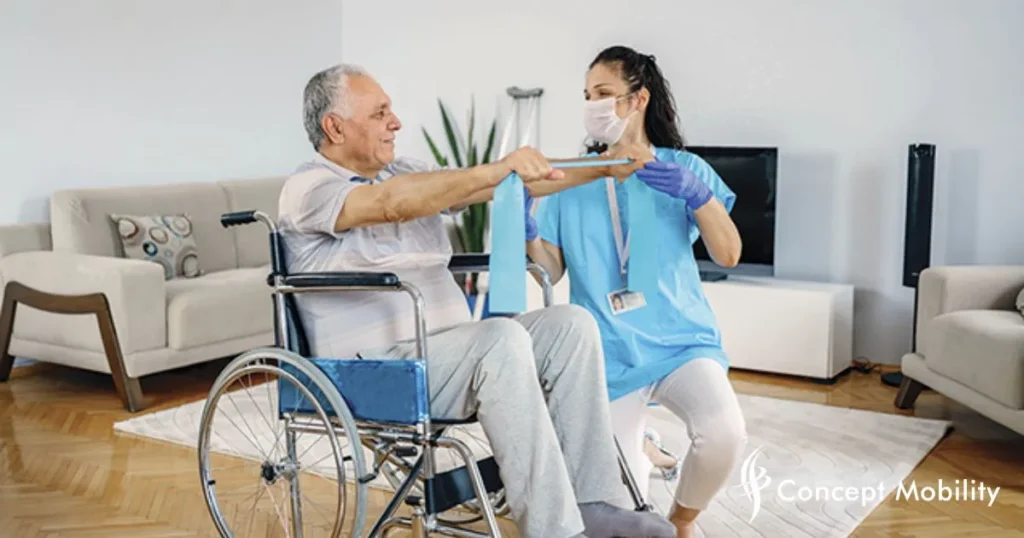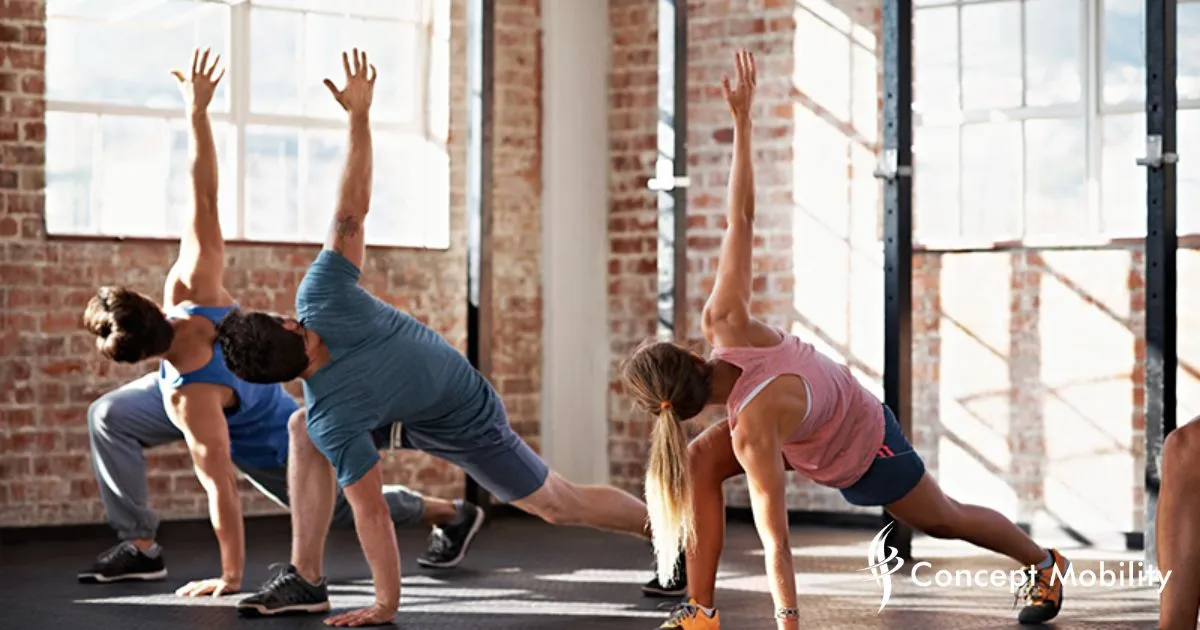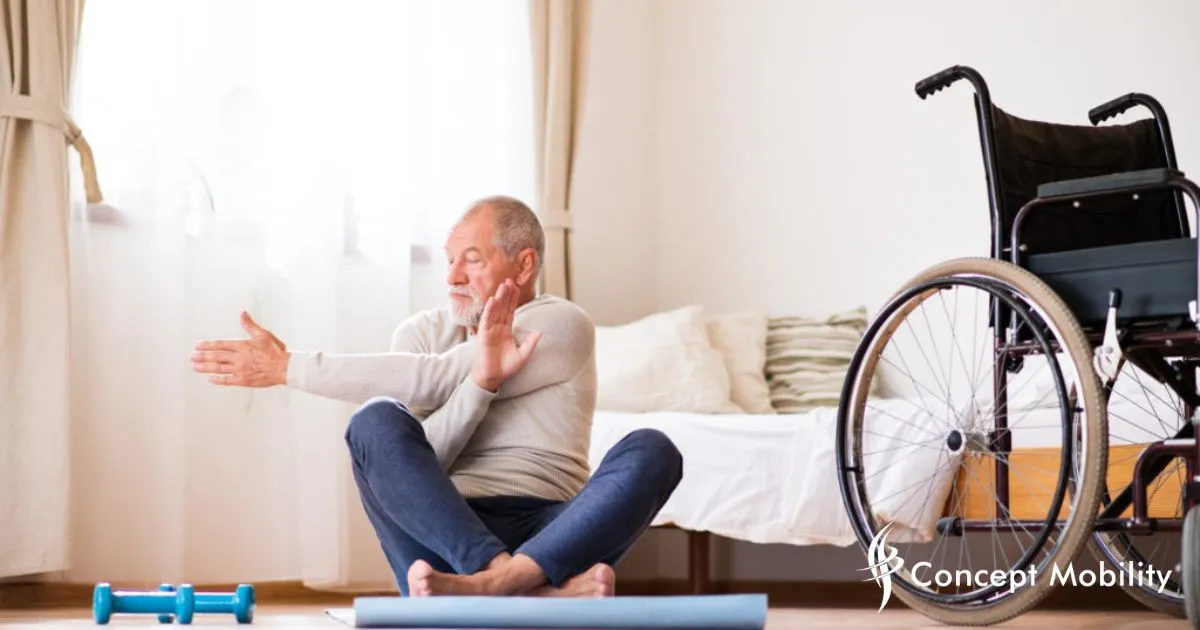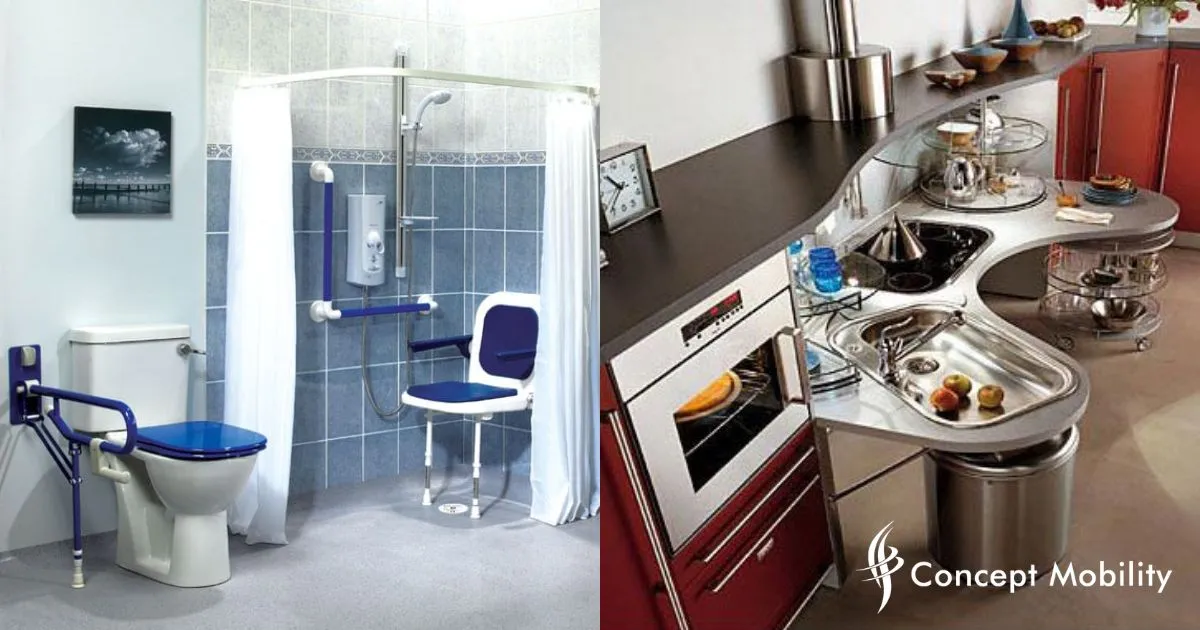
How to increase mobility?
We will explore the importance, objectives, and purposes of mobility exercises for beginners. These exercises can prevent injuries, improve posture, and enhance physical performance. Real-world examples will show how to integrate mobility exercises into everyday routines. Practical tips will help you maximise the benefits of each exercise. Additionally, we will include tables for easy reference.
By the end of this guide, you’ll understand how to incorporate mobility exercises into your routine. Whether you’re looking to address specific mobility challenges or want to improve your physical health, this guide will help. Let’s get started!
What is Mobility, and why does it matter?
Mobility refers to the ability to move easily. It includes joint motion, flexibility, and physical capabilities. Improving mobility can improve one’s daily life. It makes it easier to perform everyday tasks and take part in recreational activities.
It provides independence:
Enhanced mobility allows you to perform daily tasks without help.
A better quality of life:
Improved mobility leads to better health and well-being for you.
Better Safety for You:
It helps in preventing injuries and falls by maintaining muscle strength and flexibility.
We hope that the definition of mobility is evident. Now, you need to know how to increase it with proper mobility exercises. What are mobility exercises, you ask?
What are Mobility exercises for beginners?
Mobility exercises, also known as range-of-motion exercises, are physical activities. They are designed to enhance the movement and flexibility of muscles and joints. For beginners, these exercises are crucial for maintaining muscle and joint health. This reduces the risk of injury and improves physical performance.
People of all fitness levels can perform mobility exercises for beginners. Various modifications are available to accommodate individual needs and limitations. Dynamic stretches, controlled movements, or specific routines targeting different body parts are all effective. Mobility exercises are essential to a well-rounded fitness regimen. They are especially beneficial for beginners. These exercises help establish a foundation of better posture, balance, and functional movement in daily activities.
Increasing mobility involves a combination of exercises, lifestyle changes, and sometimes mobility aids. Mobility is essential for maintaining independence and overall well-being. Here’s a step-by-step guide to help enhance your movement:
Start with Mobility Exercises for Beginners
Mobility exercises for beginners are just simple movements. These are designed to improve flexibility and range of motion. These exercises can be done at home with little to no equipment. Some examples include:
- Neck stretches: Gently tilt your head to one side. Hold for a few seconds and repeat on the other side. This helps relieve tension and improve neck flexibility.
- Shoulder rolls: Roll your shoulders forward and backwards in a circular motion. This can help loosen tight shoulder muscles and improve shoulder mobility.
- Ankle circles: Sit or stand and rotate your ankles in circles. This exercise enhances ankle flexibility and helps prevent stiffness.
Integrate Mobility Aids
Using mobility aids can enhance movement and safety. This is especially true for people with disabilities or limited mobility. These aids can make daily activities more manageable and more accessible. Here are some aids that can help:
- Bathroom Aids:
Wet rooms, walk-in showers, integrated shower seats, grab bars and non-slip mats. These aids ensure a safer and more comfortable bathing environment. - Kitchen Aids: Low-height cabinets, adjustable countertops, pull-out shelves, and easy-grip utensils. These tools make cooking and kitchen tasks more manageable. They reduce the risk of accidents.
Practice Regular Exercise Techniques
Consistency is critical to improving mobility. Add mobility exercises for beginners to your daily routine to see gradual improvements. Setting aside a specific time each day for these exercises can help establish a habit, which leads to better health and results over time.
Seek Professional Advice
Consulting with a physical therapist or mobility specialist can provide personalised guidance. This ensures you are using the correct techniques and aids. A professional can assess your individual needs and develop a tailored plan. This plan can address your specific mobility challenges.
Follow these steps and focus on mobility in your daily life to improve flexibility, range of motion, and quality of life.. Remember, there is always time to start working on your mobility. Even small changes can make a big difference.
Beginner Exercises to Increase Mobility
Here are some mobility exercises for beginners to help you increase mobility in your daily life.
| Area | Exercise/Tip | How-To/Description |
| Lower Body | Seated Hamstring Stretch | Sit on the floor, extend one leg, reach for toes, hold for 20-30 seconds |
| Standing Quad Stretch | Stand on one leg, pull the opposite foot to the buttocks, and hold for 20-30 seconds. | |
| Calf Stretch Against Wall | Hands-on wall, step one foot back, press the heel into the ground. | |
| Swimming | Full-body, low-impact workout | |
| Cycling | Improves leg strength and endurance | |
| Leg Lifts with Resistance Band | Attach a band to a sturdy object, loop it around the ankle, and lift a leg to the side. | |
| Leg Lifts with Resistance Band | Attach a band to a sturdy object, loop it around the ankle, and lift a leg to the side. | |
| Side Leg Raises with Resistance Band | Similar setup to leg lifts, raise the leg to the side | |
| Upper Body | Shoulder Rotations | Stand/sit upright, rotate shoulders in a circular motion |
| Arm Circles | Extend your arms to the sides and make small circles for 30 seconds in each direction. | |
| Chest Stretches | Stand facing the corner, hands on the walls, and lean in to stretch your chest | |
| Balance | Standing on One Leg | Hold the chair, lift one leg, balance for 10-15 seconds, and switch legs |
| Tree Pose (Yoga) | Stand on one leg, foot on the inner thigh, and hold for 20-30 seconds |
Remember, take it slow to avoid injury. Start gradually, listen to your body, and enjoy getting more mobile!
How to Increase Mobility for Disabled People
Improving mobility is crucial for improving the quality of life of disabled people. Specific exercises and aids can help.
- Mobility Exercises for Beginners: Start with gentle stretches and safe movements. Examples include seated leg raises, arm circles and gentle neck stretches. These help maintain joint flexibility and muscle strength. Which are crucial for daily activities.
- Mobility Aids: Various aids can enhance independence. Wheelchairs and walkers support the movement, while transfer benches aid in safe transitions. In the bathroom, aids like wet rooms, shower seats, and grab bars reduce the risk of falls and injuries.
- Home Modifications: Changing the home setup can improve accessibility. Install ramps for wheelchair access. Widen the doorways, and use stair lifts and automatic door openers. These changes make daily living more accessible and safer.
How to Increase Mobility for Healthy People
Even healthy people can enjoy regular mobility exercises. These prevent stiffness, improve flexibility, and reduce injury risks.
- Daily Routine: Add simple mobility exercises to your daily routine. These can include leg swings, hip circles, and spine twists. Regular practice helps maintain flexibility and prevents muscle stiffness.
- Active Lifestyle: Engage in activities that promote movement and flexibility. Yoga, swimming, and tai chi are excellent choices. They involve a range of motions, keeping the body agile and flexible. They also improve balance, muscle strength, and mental relaxation.
- Posture Correction: Pay attention to your posture to prevent stiffness and discomfort. Sit up straight, align shoulders with hips, and avoid prolonged sitting. Doing posture-correcting exercises helps you in the long run. These practices contribute to long-term mobility and comfort.
Mobility Aids for the Bathroom and Kitchen
Bathroom Aids
Bathrooms can be hazardous for people with limited mobility. Specific aids can enhance safety and ease of use.
- Wet Rooms: Open, waterproof spaces end the need for a shower threshold. They provide easy access for people with limited mobility. Designed to be accessible, they accommodate wheelchairs or walkers within the bathroom space.
- Walk-in Showers:
Showers with low or no thresholds make entry and exit easier and reduce the risk of tripping. Often, these showers feature slip-resistant flooring and built-in seating for added safety. - Integrated Shower Seats:
Built-in seats within the shower provide a safe place to sit while showering. They reduce the risk of falls and allow for a more relaxing experience. - Grab Bars: Install grab bars near the toilet, shower, and bathtub. They provide stability and support when standing up or moving around.
- Non-Slip Mats: Place non-slip mats in the shower and bathroom floor. They prevent slipping and ensure excellent safety for everyone using the bathroom.
Kitchen Aids
The kitchen is another area where mobility aids can enhance accessibility. They are also easy to use for individuals with limited mobility.
- Low-Height Cabinets: Cabinets installed at a lower height are easy to reach. They end the need for stretching or bending. Which can be difficult for individuals with mobility issues.
- Adjustable Countertops: You can raise or lower these to suit individual needs. These aids help people of different heights. They also assist those in wheelchairs. This allows them to prepare food and carry out kitchen tasks.
- Pull-Out Shelves: These shelves make items stored at the back of cabinets easier to access. They end the need for reaching and bending, which can be challenging and potentially hazardous.
- Easy-Grip Utensils: Designed for people with limited hand mobility, these utensils feature larger, ergonomically designed handles. They are easier to grip and use, making cooking and eating more manageable and enjoyable.
How does we increase mobility?
Concept Mobility Ltd. is all about making life easier for those with mobility challenges. They offer handy aids and simple exercise routines that really make a difference. Think grab bars, non-slip mats, and kitchen and bathroom tools that make your home safer and more user-friendly. Their exercise programs are designed to boost flexibility, strength, and balance.
By pairing these aids with personalized exercises, Concept Mobility Ltd. helps people move better and enjoy more independent, happy lives. Contact us for an expert quote on mobility aids today!




